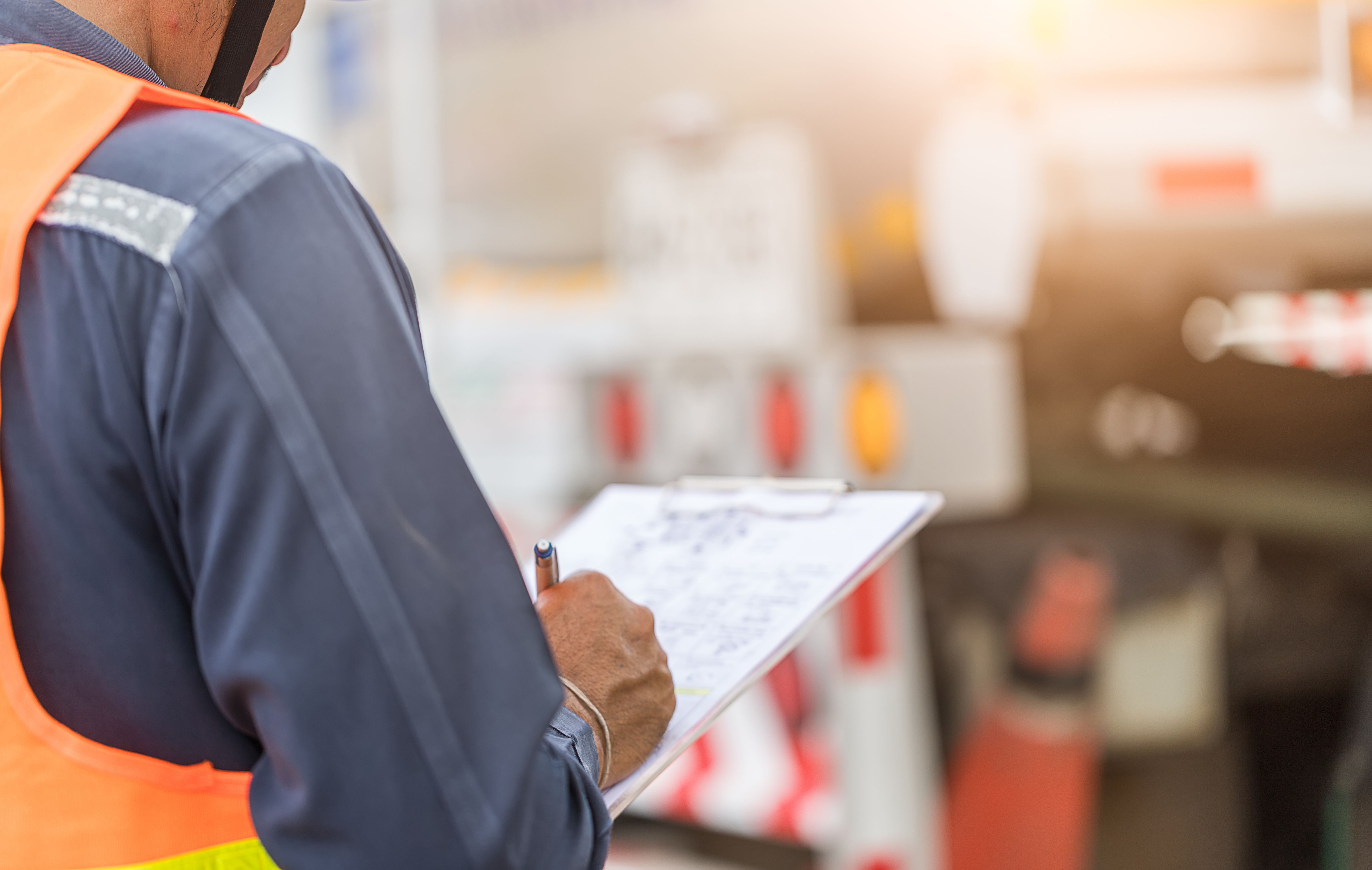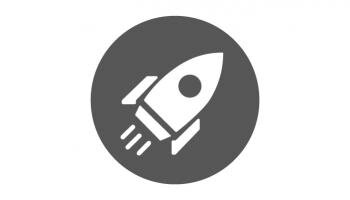High-Performance Battery Systems to Power the Rise of Electric Mobility
Safer Energy Storage Packed Into a Smaller Space
Cuberg, Inc.
Recipient
San Leandro, CA
Recipient Location
9th
Senate District
20th
Assembly District
$3,499,525
Amount Spent
Completed
Project Status
$3,499,525
Award Amount
$3,322,300
Co-funded Amount
EPC-20-027
Agreement Number
-
Project Term
San Leandro, CA
Site Location(s)
Copy Project Link
Follow Project
Project Result
In 2024, Cuberg completed the project. Pilot production of Cuberg’s large-format cell was separated into two phases. Phase A used a dry cell manufactured by an outside supplier, and Phase B brought the dry cell assembly in-house. Phase A included an initial production phase, using lab-scale equipment due to the time needed to bring in semi-automated capital equipment.
Phase A allowed Cuberg to fine-tune the Phase B in-house cell production process at tolerances and yields sufficient for customer delivery. The cell production process, starting from sourcing dry electrode materials, took place at Cuberg’s San Leandro, California, facility. This process included quality control on incoming materials; preparing for production; cutting electrodes from bulk rolls; assembling anode, cathode, and separator into a stacked assembly; welding the electrodes; filling and sealing the cells; forming, degassing and re-sealing; and final quality control.
The project results paved the way for the high-rate production of a novel lithium-metal cell for a host of customers and use cases, especially with development of a module to pair with the technology.
The Issue
In recent years, the performance of lithium-ion batteries has plateaued with materials approaching their fundamental limits. Furthermore, lithium-ion batteries require often costly and heavy safety engineering systems to prevent the flammable electrolyte from catching fire. Additionally, increasing flight time, payload capability, and reliability for Unmanned Aerial Vehicles (UAVs) and the broader electric aviation sector represent key pain points for the aerospace industry. Improvements in cell specific energy (Wh/kg), power (W/kg), and safety are critically needed to enable the rise of electric mobility and to support California in meeting its 2035 100% EV mandate.
Project Innovation
This project will further the Recipient's existing battery cell technology, allowing them to design battery modules that provide energy-dense storage for electric drones, vehicles, and other applications. During the project, the team will design and obtain safety certifications for their battery module, design and build a low-rate-initial-production manufacturing line, and produce and ship up to 300kWh of module prototypes to potential customers.
Project Goals
Project Benefits
This Agreement will lead to technological advancement and breakthroughs to overcome barriers to the achievement of the State of California's statutory energy goals by enabling the design of an ultra-safe battery module and its integration into the world's most efficient and energy-dense pack for use in electric mobility applications. These energy dense battery packs will decrease the cost per kWh and eventually accelerate the mass market adoption of electric vehicles as cheaper, higher range, and safer electric vehicles are produced. This will assist California to achieve statutory goals, particularly to ensure that statewide GHG emissions are reduced to 40% below the 1990 level by 2030 (SB 32), as electric vehicles become more economically and functionally appealing to customers.

Safety
These battery modules will power drones with better capabilities for search-and-rescue efforts, logistics missions, and monitoring for agriculture, oil and gas, and utility transmission lines.
Subrecipients

Veolia North America

Electroflight Ltd.

Match Partners

Cuberg, Inc.

Electroflight Ltd.



